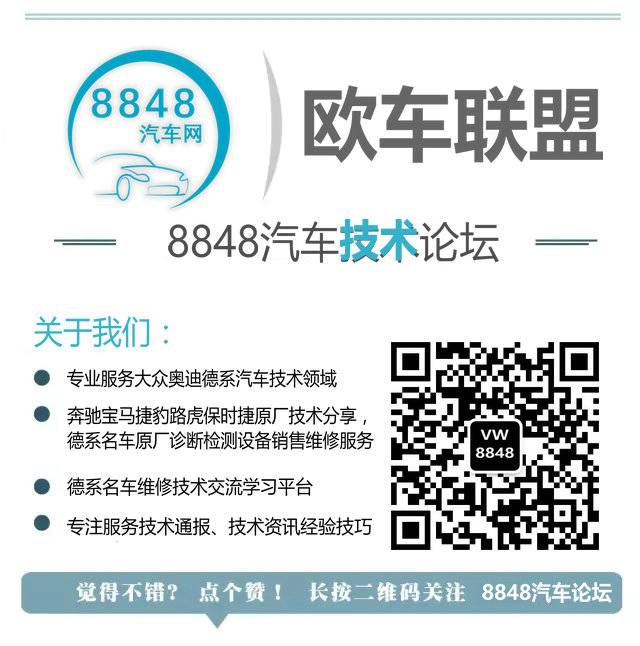

Today, I would like to discuss a topic related to power upgrades and control unit modifications.
With many Volkswagen and Audi vehicles available, there are numerous options for power upgrades, including factory upgrades and other sophisticated software-related modifications.
In the past, people believed that power upgrades through software flashing would not affect the warranty since there were no structural changes to the vehicle. However, with the increasing transparency of information over time, is this still true?
Today, I share this article to help everyone gain a correct understanding.
Vehicle Modification Recognition
1. Current Modification Status
Modified Models: Modifications are present across all models, with a higher prevalence in high-performance vehicles.
Modification Methods: Air intake modifications include reusable air filters, enlarged intake ducts, and the installation of superchargers, along with modifications to the transmission clutch and injecting alcohol into the intake duct to lower engine temperatures.
Exhaust modifications involve replacing catalytic converters and increasing the diameter of the converters.
Throttle modifications include adding devices between the throttle and the engine computer.
ECU software modifications involve flashing high-power software.
Recognition of Modifications
Modifications to the intake, exhaust systems, and throttle can be visually identified.
Identifying modifications to the engine control unit software is more challenging; it can be automatically detected when the vehicle performs online functions such as ECU software comparison, upgrades, and coding.
If there is suspicion of vehicle modifications, a diagnostic tool can be used to check warranty information through guided fault queries for confirmation.
3. Vehicle Modification Recognition Process
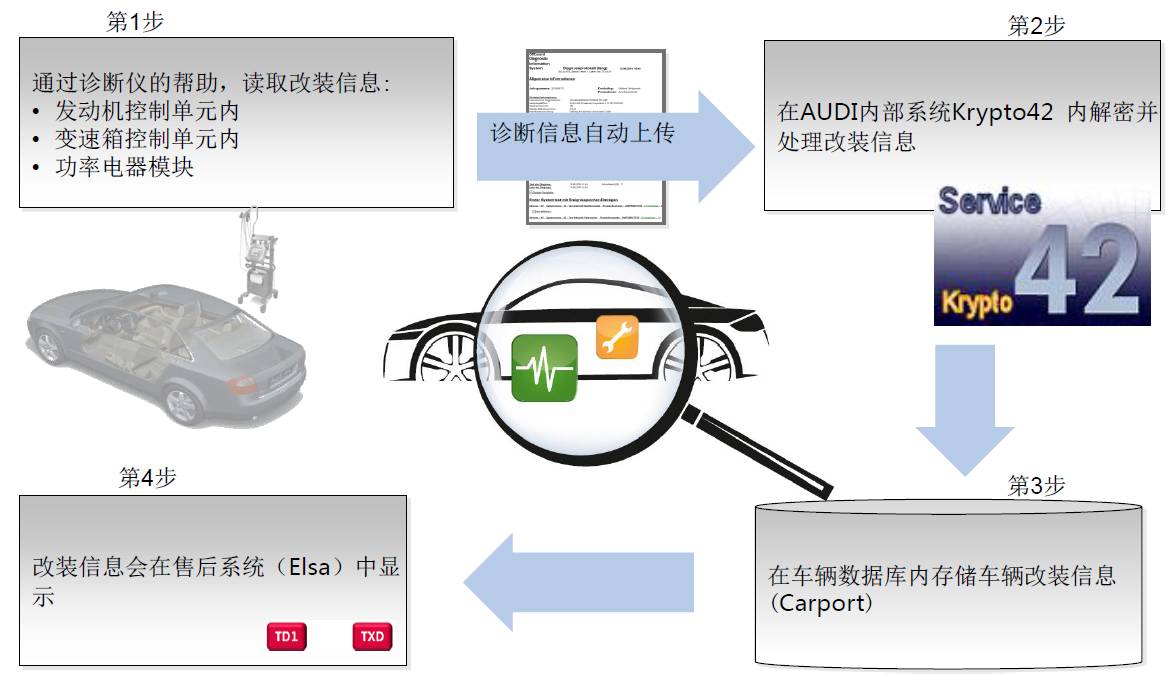
As of now, the possibility of after-sales queries for the Audi brand
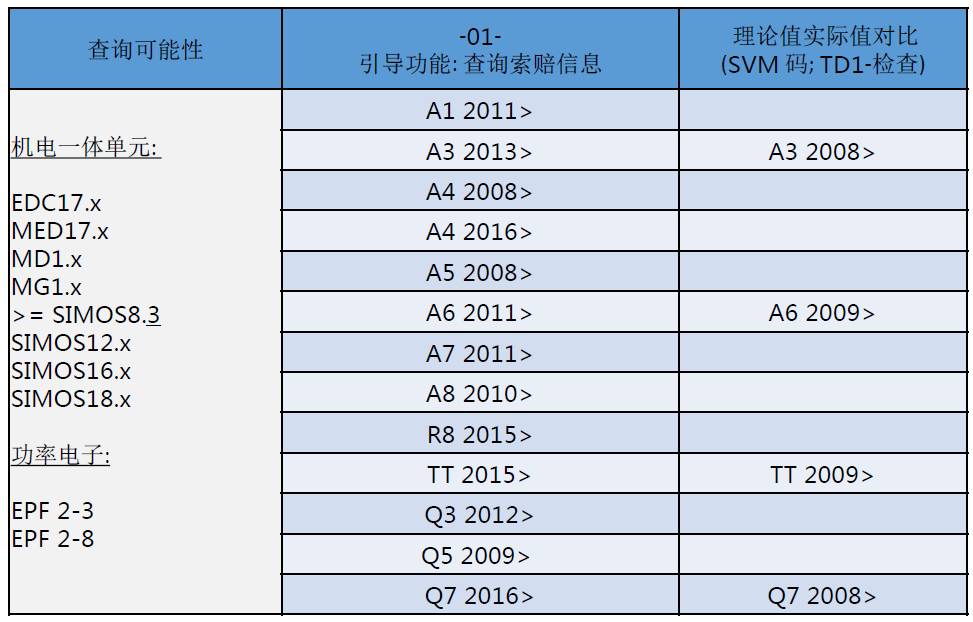
Implementation of Recognition Methods:
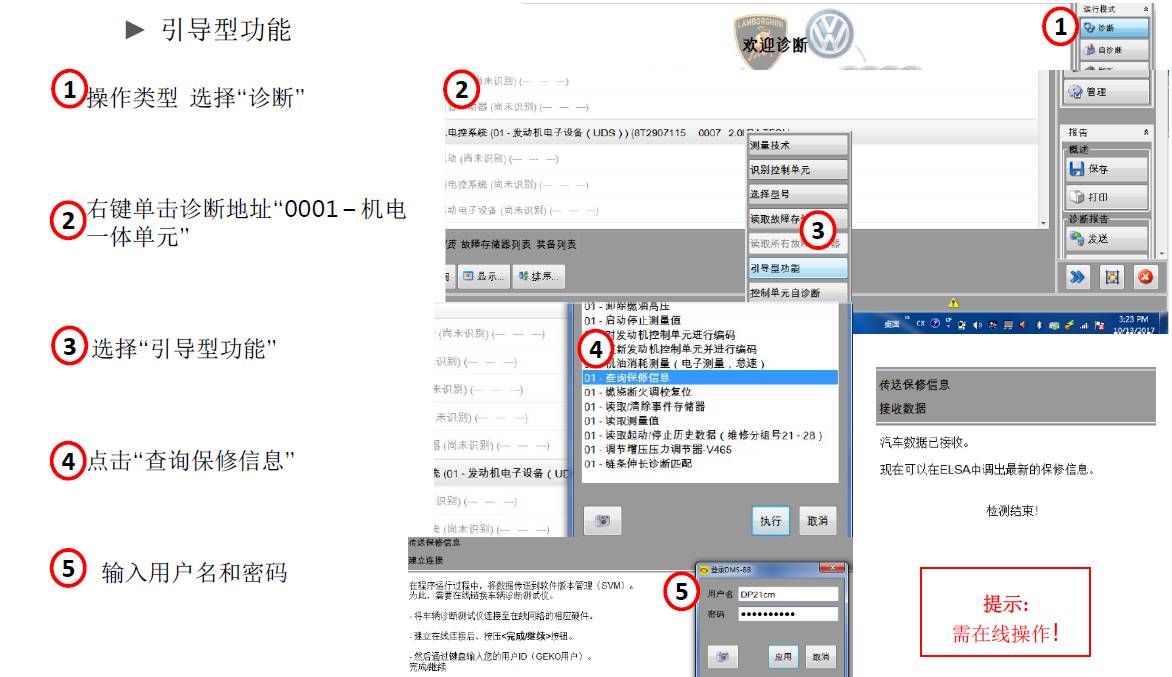
4. Warranty Identification TD1 – TXD
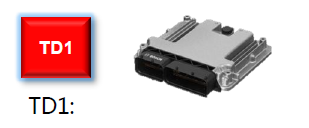
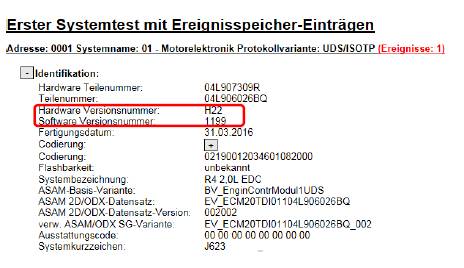
Information is read and decrypted from the engine control unit;
After the manufacturer decrypts the data, a warranty identifier “TD1” is immediately generated (if the vehicle’s engine control unit has been modified) and is visible in the dealer’s Elsa/ElsaPro system. The dealer can obtain vehicle modification information by checking the vehicle data.
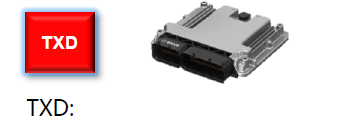
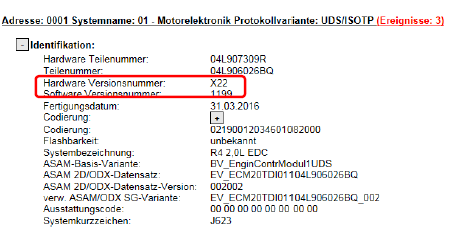
Through the diagnostic tool, it can be determined whether the hardware status has been changed and whether the engine control unit has been modified. After reading the information, with the help of GFS and sending diagnostic reports, the manufacturer will periodically compare theoretical values with actual values and mark the vehicle with warranty identifier “TXD”.
Both types of “modification” are checked through the guided function “0001 – Warranty Information”.
5. Analysis Process at the Vehicle Manufacturer
The TD1 identifier can be checked at the vehicle manufacturer.
In some cases, the control unit may be sent to the manufacturer for inspection lasting several weeks.
Important: Claims cannot be submitted for this inspection. This inspection incurs costs!
6. Dealer After-Sales Information System Recognition
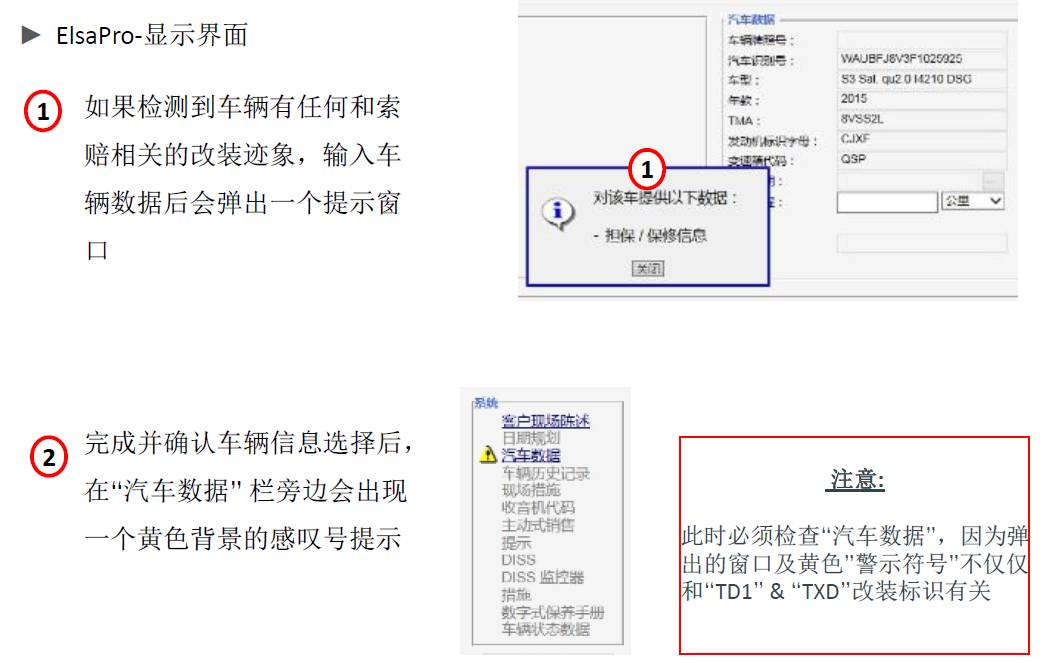
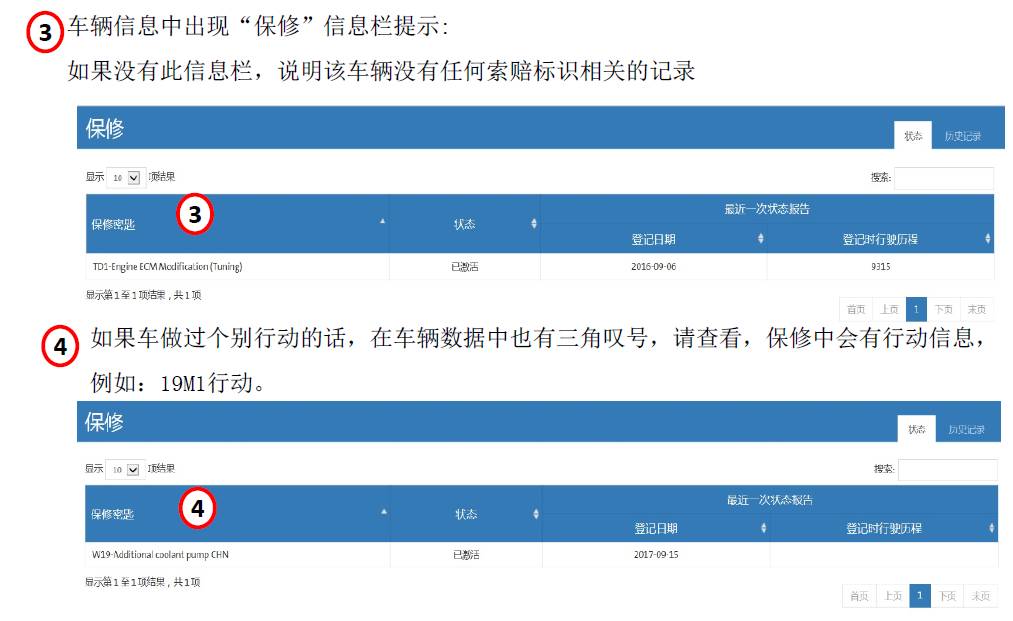
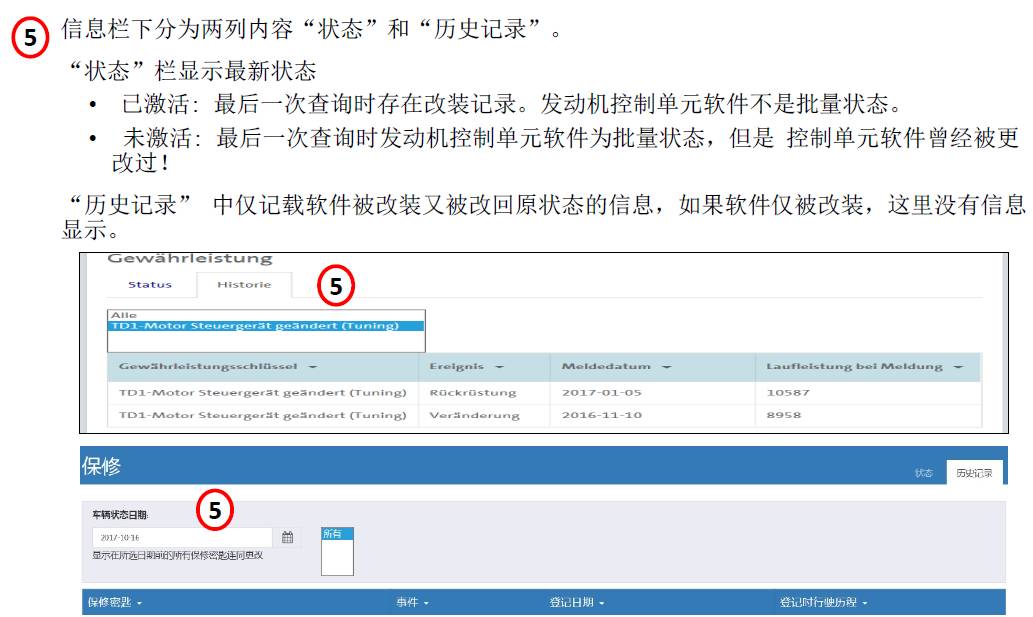
Actual Case — S3 2.0T Turbocharger Damage
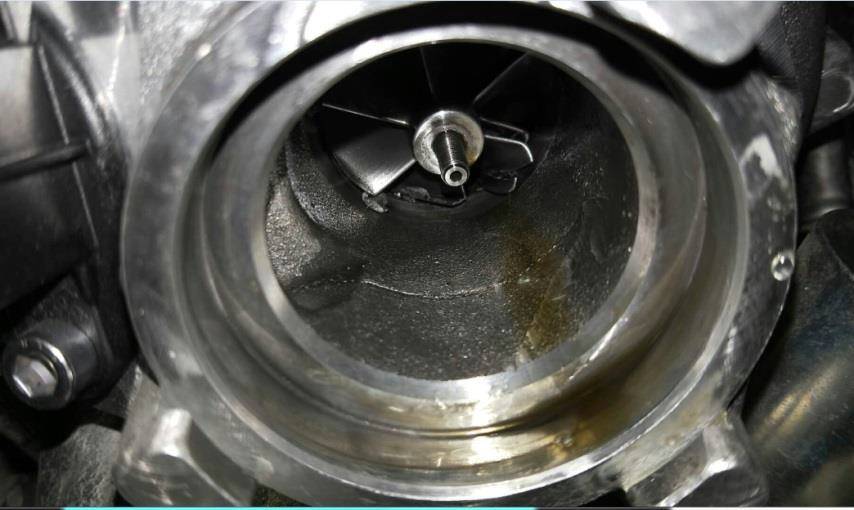
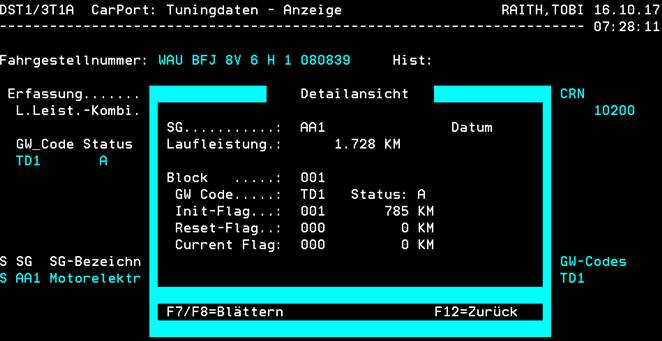

Power upgrades require coordination among multiple control units to function properly. Simply put, the current power tuning only enhances the engine’s power characteristic curve, creating a perception of significant power increase. This effectiveness is largely due to the lack of corresponding optimization in the transmission torque response characteristic curve, leading to a misleading feeling of “a big horse pulling a small cart”.
Flashing the engine power curve is a straightforward approach, but without a solid theoretical basis for efficient powertrain torque control curves, it can lead to a lack of synchronization in engine and transmission power matching and torque output.
A standard Golf with a separately tuned power characteristic curve, no matter how sophisticated the method, cannot match the performance of the original GTI powertrain due to mismatched torque control curves, resulting in severe distortion.
In conclusion, I would like to say one thing:
Upgrading the power curve and flashing the engine to increase power will affect the warranty of many key assemblies in the powertrain and even the entire vehicle!
Please do not mislead vehicle owners.

